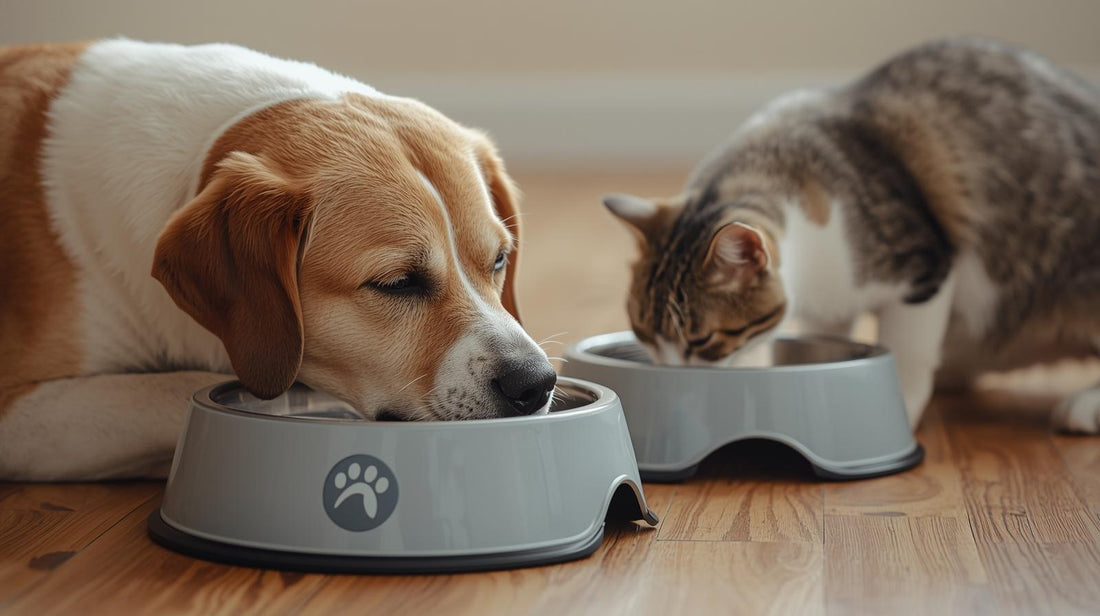
The Complete Guide to Choosing the Right Dog Bowl
A dog’s bowl isn’t just a feeding accessory — the right choice can support better digestion, joint health, and hygiene. Factors like size, height, and material all play a role in your pet’s comfort and well-being.
Common Types of Dog Bowls
-
Elevated Bowls
Raised bowls reduce strain on the neck and spine, making them ideal for large breeds or senior dogs with joint issues. -
Slow-Feeder Bowls
Designed with ridges or mazes, these bowls slow down eating, which helps prevent bloating and improves digestion. -
Travel Bowls
Lightweight, collapsible bowls are perfect for outdoor adventures or trips, offering convenience on the go. -
Ceramic Bowls
Heavy and stable, ceramic bowls don’t slide easily. However, they can chip or crack, and damaged surfaces may trap bacteria. -
Plastic Bowls
Affordable and easy to find, but prone to scratches and odor absorption. Always choose high-quality, BPA-free options. -
Glass Bowls
Hygienic and modern-looking, glass is easy to clean but fragile compared to other materials.
Tips for Selecting the Best Bowl
Match to Your Dog’s Needs
Large dogs may benefit from elevated bowls, while fast eaters need slow feeders.
Consider Materials
Stainless steel is durable, safe, and easy to clean. Ceramic and glass are hygienic but more fragile. Plastic is lightweight but less long-lasting.
Think About Cleanliness
Look for dishwasher-safe options and non-slip bases to minimize mess.
Extra Advice for Pet Owners
The bowl should be wide enough so your dog’s whiskers don’t touch the sides, especially for sensitive pets.
Older dogs and those with mobility problems will eat more comfortably from raised bowls.
Wash food and water bowls daily to prevent bacteria build-up.
